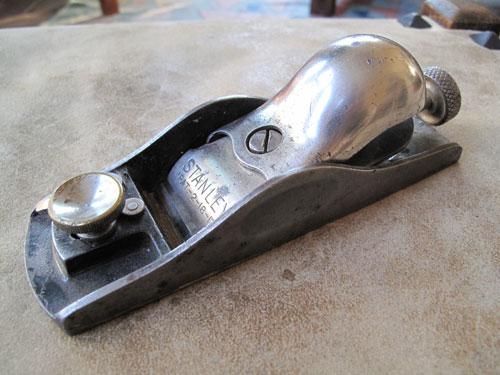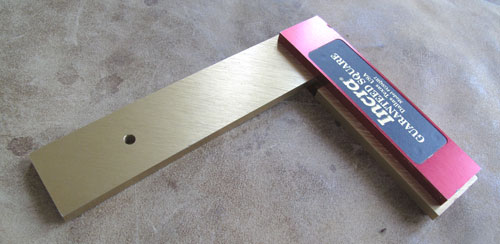
SOLD: Here is a fine and early English saw that has been reconditioned by Mark Harrell, the owner of Technoprimitives/Bad Axe.
This tool has a 12″-long blade, a low-hanging beech tote and 12 ppi, sharpened crosscut. Thanks to its low hang and its perfectly formed teeth, this saw cuts extremely smooth. I would definitely recommend this saw for beginning sawyers.
The only apologies are cosmetic. The sawnuts are new and too small (I added them; not Mark). The blade has been cleaned a bit much for a collector. The iron back is marked: R. Groves & Sons, Sheffield. Cast Steel. Elastic Spring Warranted.
It cuts like crazy and is comfortable to your hand.
Price $40 plus $7 domestic shipping.
About Tool Sales on My Blog
Please read this if you are interested in buying a tool. Why am I selling these tools? Read this entry before you freak out. There is no “master list” of tools that I can send you. I am working through several piles of tools and will list them when I can.
Want to see only the tools that haven’t sold? Easy. I’ve created a category for that on this blog. Click here and bookmark that page. When you visit that link, you’ll see only the tools that haven’t been sold.
While you can ask me all the questions you like about the tool, the first person to send me an e-mail that says: “I’ll take it,” gets the tool. Simple. To buy a tool, please send me an e-mail at christopher.schwarz@fuse.net.
Payment: I can accept PayPal or a personal check. As soon as the funds arrive, I’ll ship the tool using USPS. If you want insurance, let me know. I’m afraid I can only ship tools in the United States. Shipping internationally is very time-consuming and paperwork-heavy. My apologies in advance on this point.
If you don’t like the tool when you get it, I’ll be happy to refund your money if you return the tool. But postage is on you.
— Christopher Schwarz








